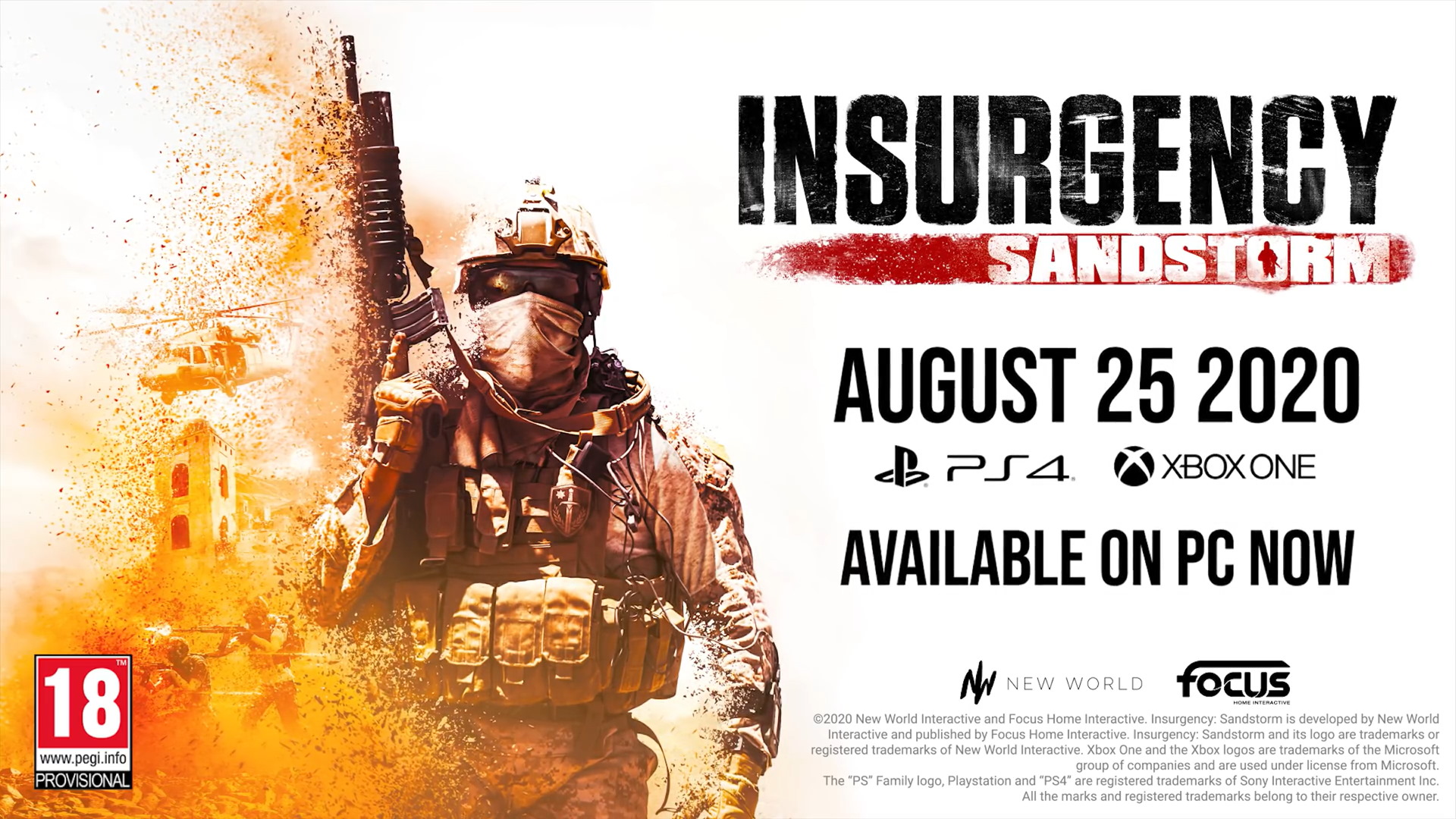

Thailand’s counterinsurgency operation has involved a two-pronged approach of development and security. Since then, more than 7,000 people have died from insurgency-related violence. The government responded by sealing the border, placing several districts under curfew and deploying a large number of soldiers to the region. The incident prompted official acknowledgement from Bangkok of renewed insurgency in the region as Thai officials could no longer deny the political underpinning of the attacks. The insurgency shifted into high gear in January 2004 after dozens of combatants raided an army base and made off with more than 350 weapons. But the Malay cultural-historical narrative of liberation continued to persist in the region.Ī new generation of fighters surfaced in mid-2001 with regular attacks on Thai security outposts. Thai policymakers wrongly assumed that the absence of violence meant peace had been attained. In the late 1980s to early 1990s, combatants put down their weapons and returned to their villages, while the movement’s leadership remained abroad, taking up asylum and citizenship in foreign countries. Many in this community hold that the region belongs to the Malay people and that the community has a moral obligation to liberate it from invading Siamese/Thai forces.Īs international support for the insurgency, particularly from Arab countries, waned in the post-Cold War era, violence in the region fell. Since the beginning of the 20th century, Buddhist-majority Thailand (then Siam) has aggressively pursued a policy of assimilation, which Malays reject as an infringement on their cultural and religious identity. This Malay-speaking region, known as Patani, came under Siam’s control in 1785, following its defeat. The conflict is deeply rooted in historical tensions and mistrust. Moreover, government and rebel peace negotiators as well as the Malaysian facilitators of the negotiations are exploring ways to move beyond confidence-building measures and take up more concrete, substantive issues.

(Adam Dean/The New York Times)Ī growing number of officials are talking about the need to move beyond conflict management to conflict transformation in order to focus on the root causes of the insurgency. Storm clouds blanket Bangkok on May 8, 2021. Despite decades of protracted armed conflict, there is recent cause for optimism.

Levels of violence have oscillated over the course of the conflict, with the most recent insurgency arising in the early 2000s. A separatist movement that emerged in the 1960s sought to carve out the Muslim-majority region as an independent state. Thailand’s southernmost region is home to one of Asia’s longest-running armed conflicts.


 0 kommentar(er)
0 kommentar(er)
